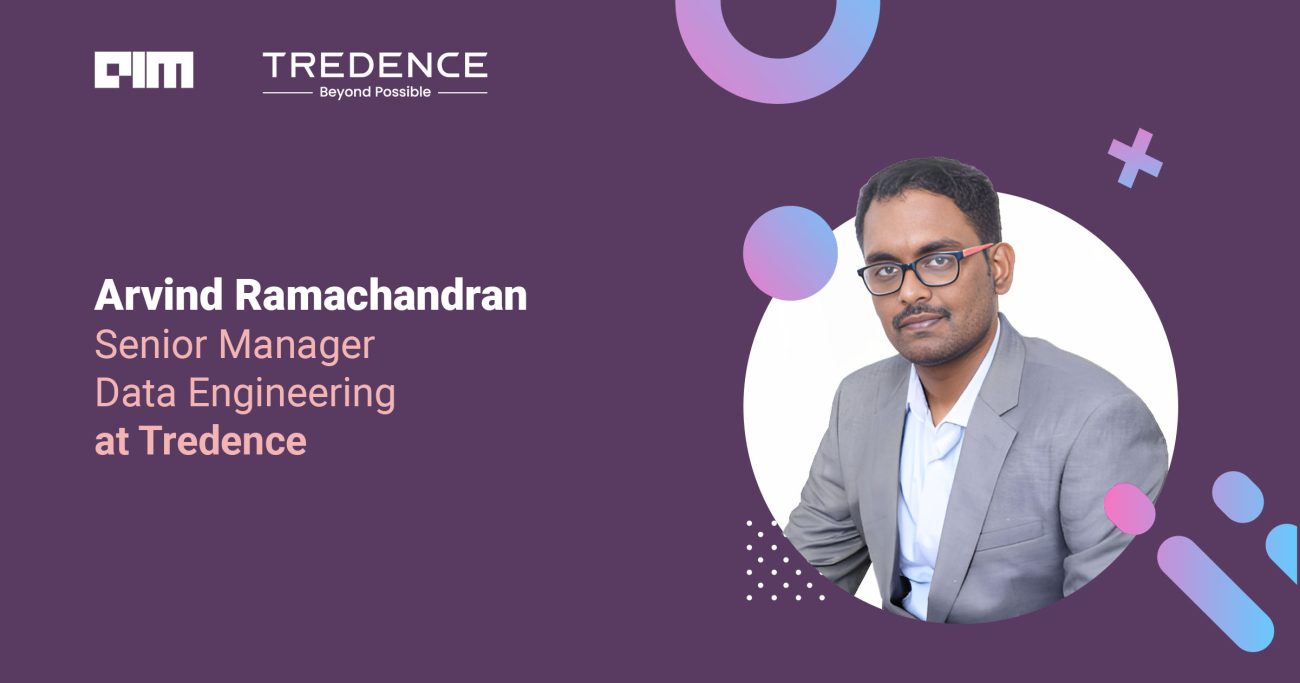|
Listen to this story
|
Graph databases initially emerged to help us understand relationships and store these data entities. Swiftly, they popped up in instances of social networking, recommendation engines and fraud detection since they fit the bill perfectly.
With twelve years of experience in data engineering, Arvind Ramachandran has been instrumental in revamping the existing platform by re-engineering various processes. Analytics India Magazine had a quick chat with Arvind to understand more about the use cases and the future of graph databases.
AIM: What are graph databases and how do they differ from the traditional database systems?
Arvind: In order for us to understand how graph databases differ from traditional databases, we first need to understand what these are. Graph databases are a type of database management system designed to store and process data in the form of graphs. These graphs typically contain nodes and edges. For instance, in the retail world, nodes can represent entities such as customers, warehouses and products. Edges, on the other hand, represent the relationships between the nodes.
So, unlike traditional databases that store data in the row and column format, graph databases are more flexible, enabling users to easily analyse the data and the relationships between entities. This would otherwise involve complex queries in traditional databases.
AIM: Will graph databases really play an important role in the future?
Arvind: Graph databases are already playing an important role in various industries such as e-commerce, supply chain and banking, and are expected to become even more prevalent in the near future. They have started gaining more popularity in the healthcare industry for managing patient data and analysing symptoms. For example, with COVID cases, graph databases were able to chart out people affected by the disease and also everyone who was in their proximity so that they could be quarantined.
Graph databases are also being used in the transportation industry for optimising routes and logistics. As data continues to grow, it is imperative to keep up with the ever-increasing demands of effective data management and governance.
Graph databases not only establish effective data management systems but they’re also helpful in identifying patterns and anomalies and can help with high-speed traversal of complex relationships, which is a powerful tool for data analysis.
AIM: What are some of the real-world use cases and applications of graph databases?
Arvind: Graph databases have numerous real-time applications. For example, e-commerce platforms use graph databases extensively to build recommendation engines based on user behaviour and purchase history. This enables them to offer personalised product suggestions to the customers.
Social networking platforms like Facebook use a graph database, called TAO, to understand the connections between users, which helps them deliver personalised marketing campaigns. Similarly, LinkedIn uses an in-house graph database, called Llquid. It extensively maps its second-degree networks which are humongous.
So, essentially, we are tracking the lineage and provenance of data for audit, compliance and governance purposes. By modelling data entities in the form of graphs, it becomes easier to visualise and manage complex connections.
AIM: How will graph databases revolutionise data analytics and business intelligence?
Arvind: Graph databases are gaining popularity in modern businesses because they can represent very complicated relationships thereby facilitating diverse analytical capabilities such as market basket analysis, social network analysis, product recommendations, inventory management, and more.
They can also identify key influencers in an organisation and analyse communication patterns to improve team performance and collaboration.
With the power of ML in BI, businesses can uncover insights to gain a competitive edge. Graph databases can also be combined with BI tools like Power BI and Tableau, allowing users to create visualisations of data on their dashboards.
AIM: How do graph databases handle complex relationships between data points?
Arvind: Querying languages are designed specifically to handle such complex relationships. For instance, Cypher, used by Neo4j, is specifically used for querying graph databases. Graph databases that support Cypher have built-in algorithms that can be directly used to calculate shortest paths and perform other analytic tasks.
Graph databases also offer an easy way to create new relationships and update data models without the need for denormalisation. This feature significantly improves query performances for navigating data relationships, which is particularly valuable for businesses that need to make informed decisions based on large amounts of data.
AIM: How can graph databases be integrated with other data storage and processing technologies such as Hadoop and Spark?
Arvind: There is an open-source statistical processing called GraphX that is specifically designed for large-scale graphs and graph-structured data. It efficiently processes large-scale graphs that can be used in transactions with graph databases to perform various graph analytic tasks.
Graph databases also give you the provision to export graph data in various formats such as JSON and CSV, which can then be loaded onto platforms like Hadoop. You can also leverage connectors to facilitate spark – graph database integrations.
AIM: What are the benefits and advantages for a company in adopting graph databases ?
Arvind: The integration of graph databases is a remarkable advancement in how companies can effectively utilise and leverage data. When an organisation embarks on their journey to adopt graph databases, it embraces a forward-thinking approach to data architecture.
Graph databases offer valuable attributes such as flexibility, scalability, and agility, which empowers companies to adapt to evolving business requirements and maintain a competitive edge in a rapidly changing market. By leveraging the potential of interconnected data, companies can gain invaluable insights, enhance customer experiences, and optimise operations. Whether it involves integrating new data sources, accommodating dynamic schemas, or enabling real-time analytics, graph databases provide the foundational elements necessary for companies to establish a data-driven organisation poised for success.

























